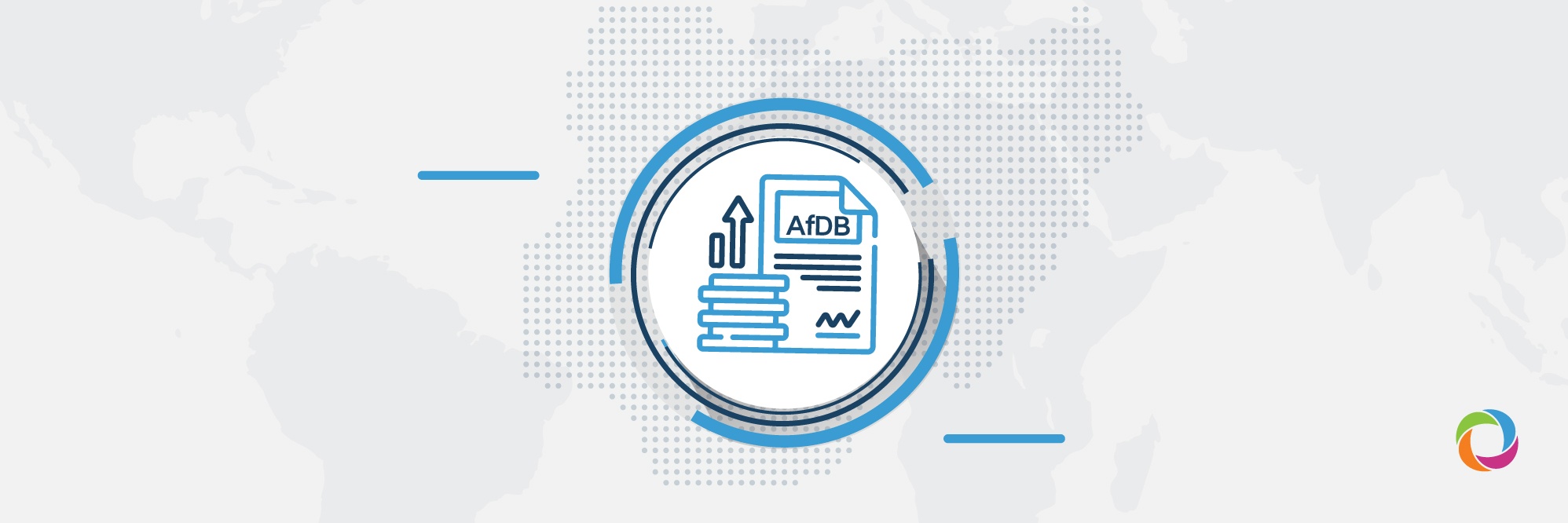Nigeria is one of the African Development Bank’s (AfDB) regional member countries and a beneficiary of the AfDB and the African Development Fund’s financing. The relationship between the AfDB and Nigeria has a long history and is rooted in several commonly agreed development paradigms and strategic objectives. Within particular time frames, the AfDB issues specific reports, also called Country Strategy Papers (CSP), in which it highlights the current state of affairs in the economic, social, and political contexts of the African country. The CSP also contains the Indicative Operation Program (IOP) with information on the number, essence, and sectoral distribution of the projects to be implemented in the medium term (3 to 5 years).
This review aims to provide an overview of AfDB’s IOP for Nigeria for the 2020-2024 period. It will do so by discussing some of the current socio-economic trends, along with related challenges and opportunities, and by highlighting the essence of the projects in the pipeline for funding, their sectoral distribution, and associated values.
Current socio-economic trends: challenges and opportunities
The current Country Strategy Paper was developed by the AfDB in the context of Nigeria achieving the status of a middle-income country. Despite this achievement, Nigeria still faces several serious challenges such as slow economic growth, threats to national security, an underdeveloped infrastructure, and a low index of human capital development. Moreover, due to a lack of economic diversification, Nigeria is overly dependent on its oil revenues and thus prone to economic turbulence caused by the volatility of the international energy market. However, AfDB says that Nigeria is a “land of abundant opportunities”. Besides being the largest producer of oil and gas in Africa, the country has great potential in the agricultural sector with large reserves of surface water which can be used to improve irrigation and to develop both the blue economy and tourism. Due to the ongoing pandemic crisis and the consequent decline in oil prices, the AfDB forecasts that the Nigerian economy will shrink by about 4.4% and a 7% decline is expected if the crisis continues post-2020.
The AfDB’s investment plan in Nigeria for 2020-2024 is guided by two priority areas: Supporting Infrastructure Development and Promoting Social Inclusion through Agribusiness and Skills Development. Moreover, these country-specific areas are aligned with the bank’s 10-year African-wide development strategy which focuses on the following ‘High 5s’:
IOP analysis: projects in the pipeline (2020-2024)
The Indicative Operations Program mentions 41 projects in Nigeria with a total value of US$10.01 billion, out of which US$4.09 billion is being funded by the bank directly while the remaining US$5.92 billion is expected to be co-financed by other actors. The largest share of the funds (US$3.47 billion) is dedicated to the ‘Power and Energy’ sector with nine projects spread across three years (2021-2024). Around US$1.44 billion is allocated for four ‘Cross-Sectoral’ projects followed by US$1.3 billion to fund five projects in the ‘Transport’ sector. At the opposite end of the scale is the ‘Environment’ sector involving just one project worth US$100 million which is scheduled for approval in 2024.
2020
For 2020, the AfDB planned to approve four projects with a value of US$688 million, funded solely by the bank. Out of these, three projects worth US$648 million were designated as ‘COVID Response’, and one project of US$4 million targeted the ‘Finance’ sector.
2021
For 2021, the bank expects to approve seven projects spread across five sectors with a budget of US$1.57 billion, out of which US$840 million will be funded by the bank and US$740 million co-financed by other actors. The largest share of the funds will finance two projects in the ‘Power and Energy’ sector with US$1.01 billion, followed by one project in the ‘Agriculture’ sector with US$200 million and one project in the ‘Water and Sanitation’ sector with US$120 million. The ‘Transport’ sector will receive the smallest share with US$1.5 million funding one project.
2022
In 2022 the AfDB has lined up 10 projects spread across six sectors with a total budget of US$2.24 billion, out of which US$800 million will be provided by the bank and the remaining US$1.44 billion will be co-financed by other stakeholders. The largest share of these funds, US$800 million, will go for multi-sectoral projects, followed by US$367 million directed towards ‘Urban development’, US$350 million for a project in ‘Water & Sanitation’, and US$320 million for two projects in the ‘Social’ sector. The ‘Finance’ sector will receive the lowest share from the dedicated budget with US$4 million.
2023
For 2023 there are eight projects in the pipeline for funding spread across five sectors and with an allocated budget of US$2.44 billion, out of which US$850 million will be provided by the bank and US$1.6 billion will be co-financed. The ‘Power and Energy’, ‘Transport’ and ‘Social’ sectors each have two projects scheduled with an expected budget of US$700 million, US$1.07 billion, and US$325 million respectively. The ‘Agriculture’ sector anticipates one project worth US$300 million and the ‘Urban Development’ will receive the lowest share with US$5 million.
2024
For 2024 the AfDB has scheduled 12 projects spread across six sectors and, with a dedicated budget of US$3.06 billion, this is the largest amount when compared to the previous years. Of this, US$910 million will be funded by the bank directly while the remaining US$2.15 billion will be co-financed by other entities. The biggest share of US$1.76 billion will be directed towards financing five projects in the ‘Power and Energy’ sector. The other US$650 million will be allocated to finance two projects in the ‘Industry’ sector and US$350 million will be directed towards two projects in the ‘Water and Sanitation’ sector. The lowest share of US$5 million will fund a project in ‘Finance’.
The data used for this analysis is available to DevelopmentAid members in the form of Country Strategy Papers (CSP) attached to the profiles of donor organizations. Register with the platform today and gain access to exclusive insider intelligence data about thousands of projects and donor portfolios.


